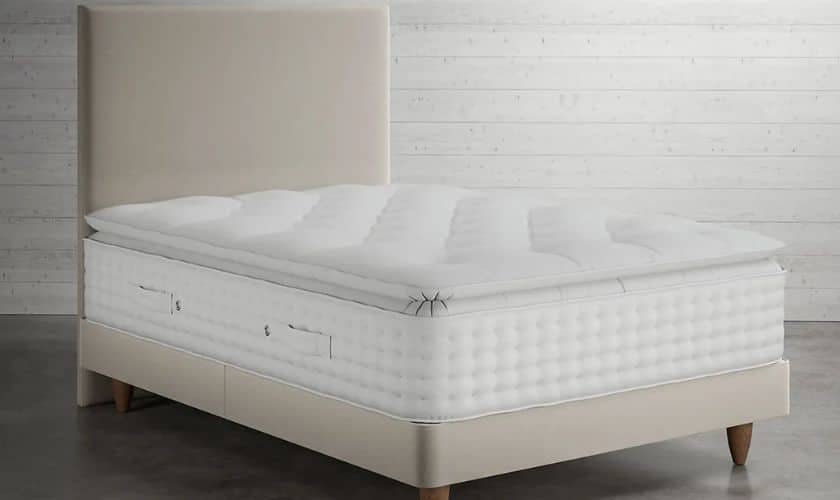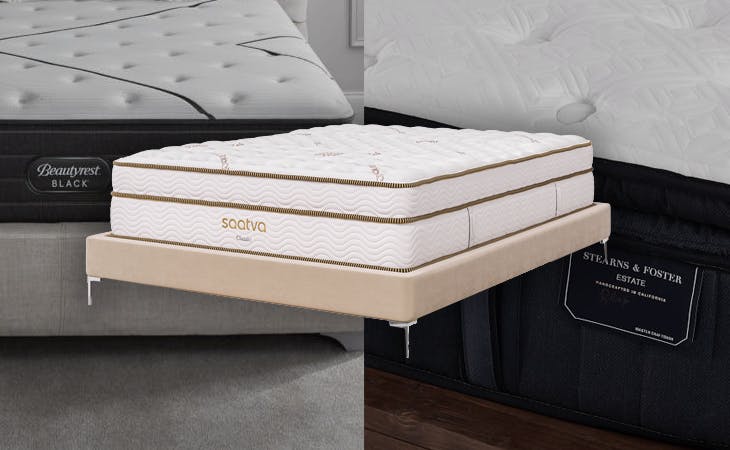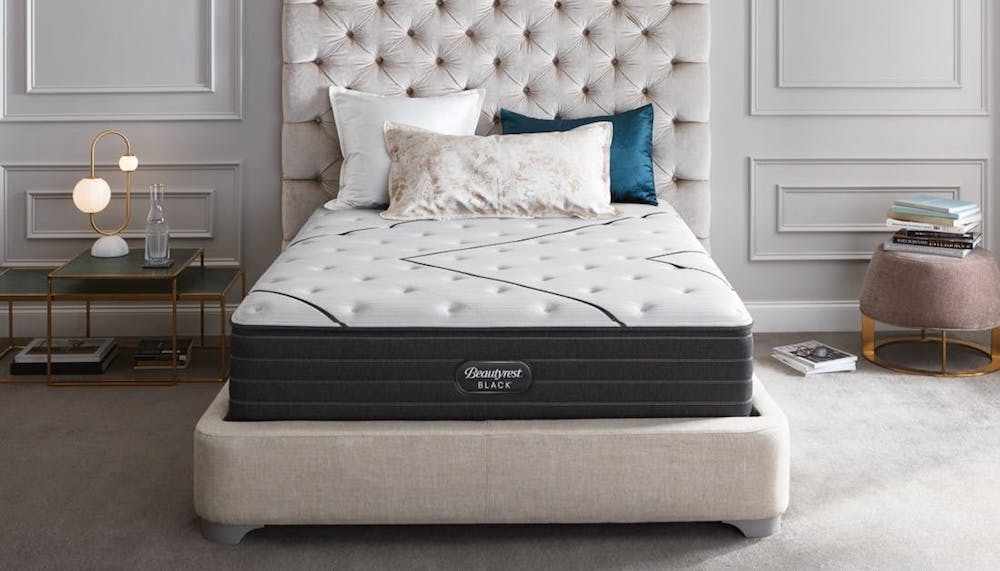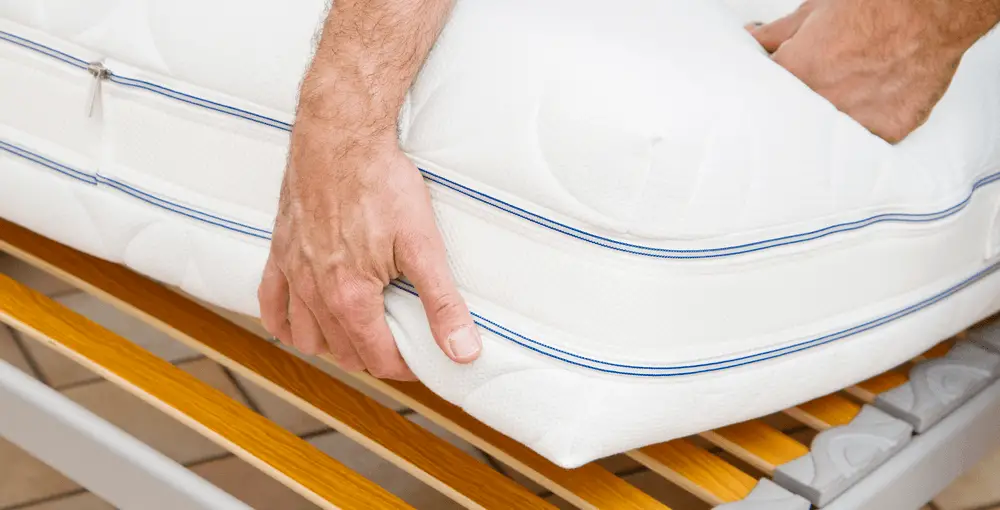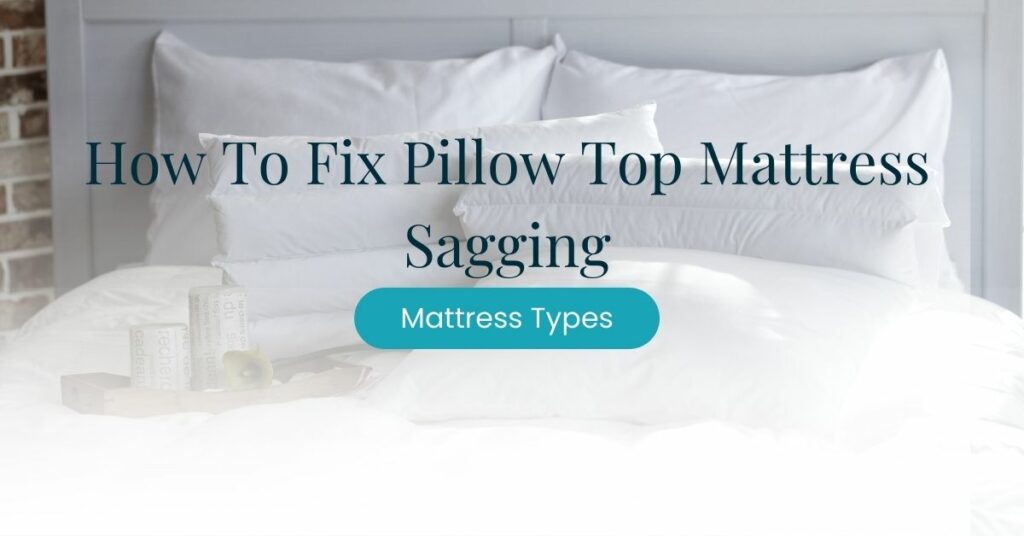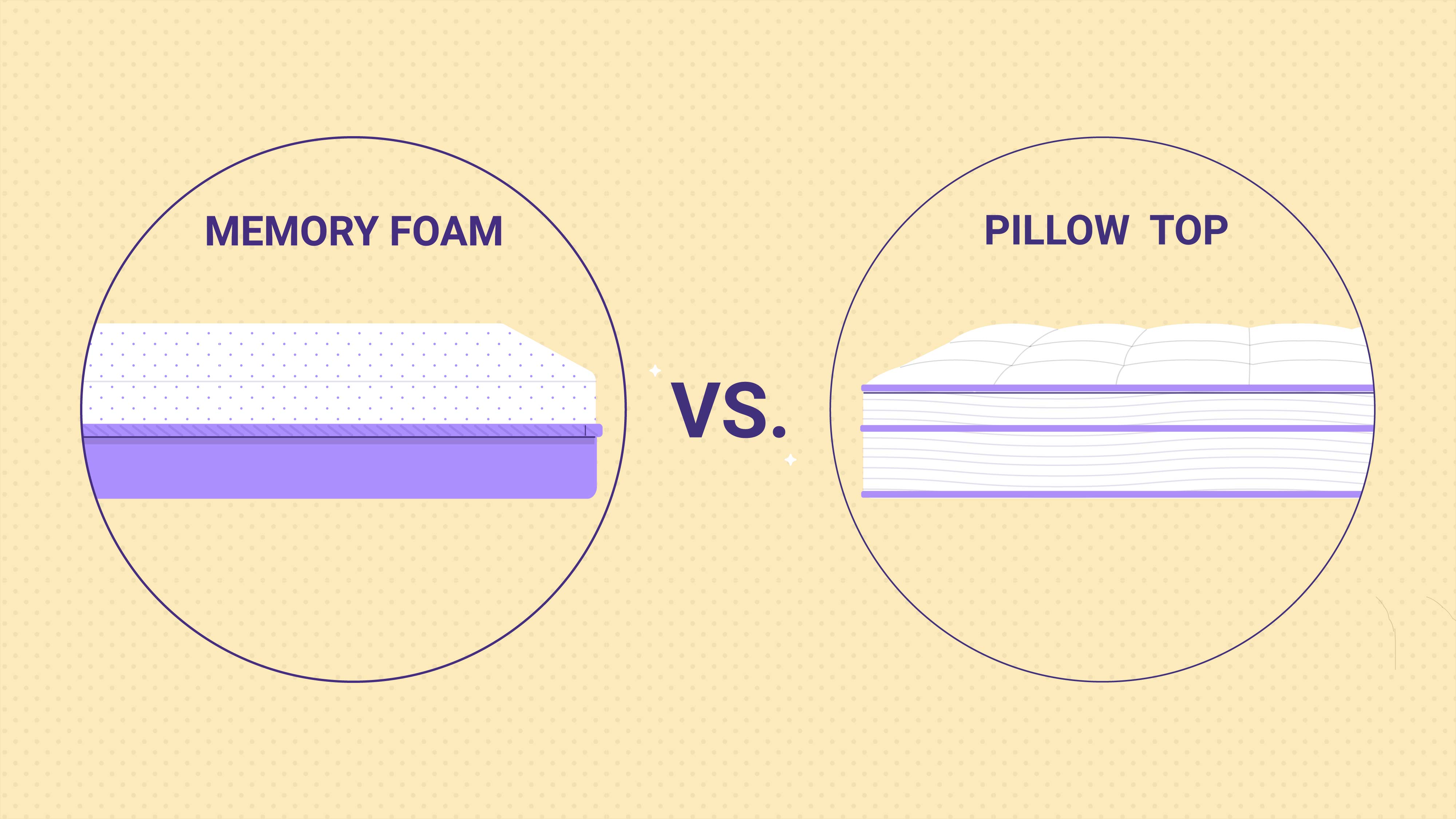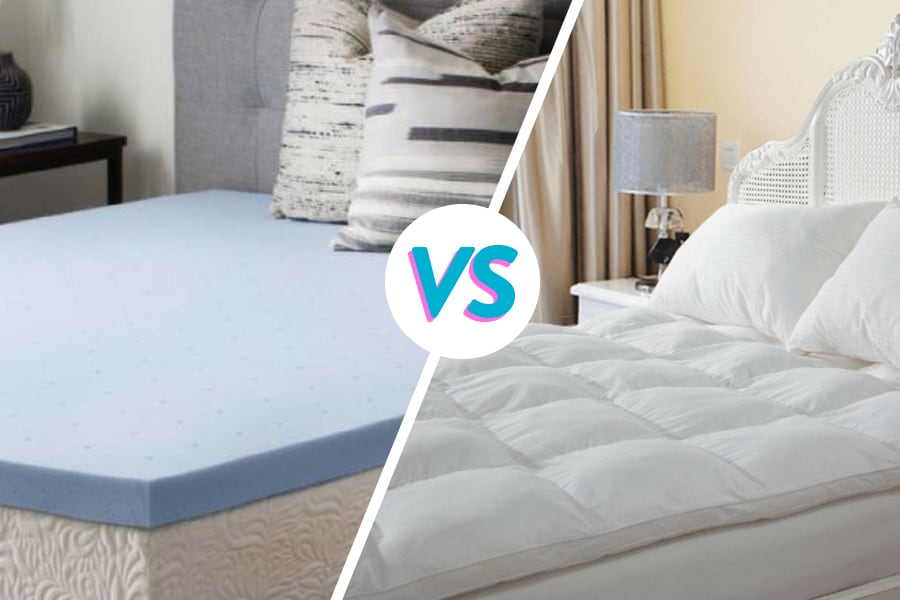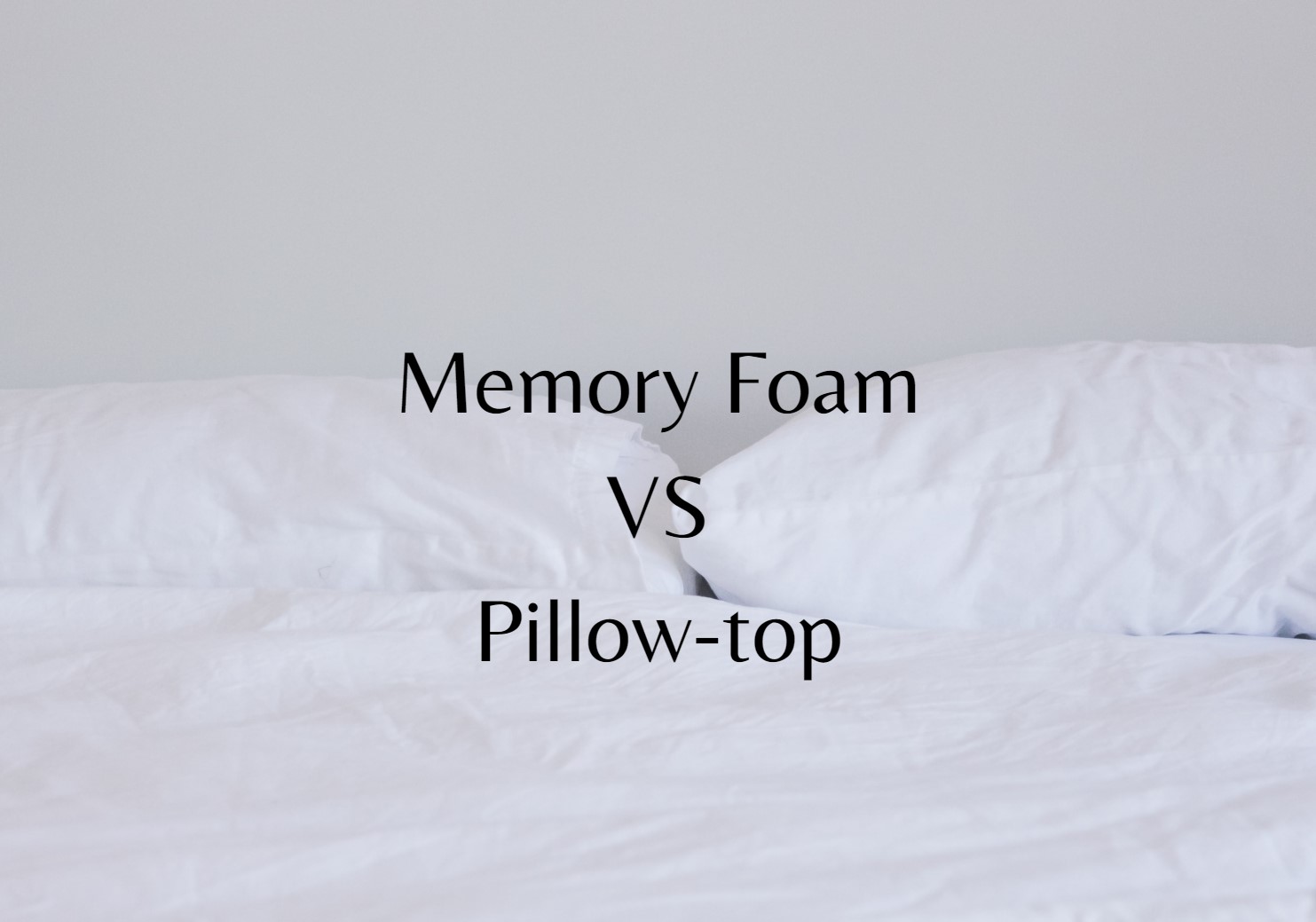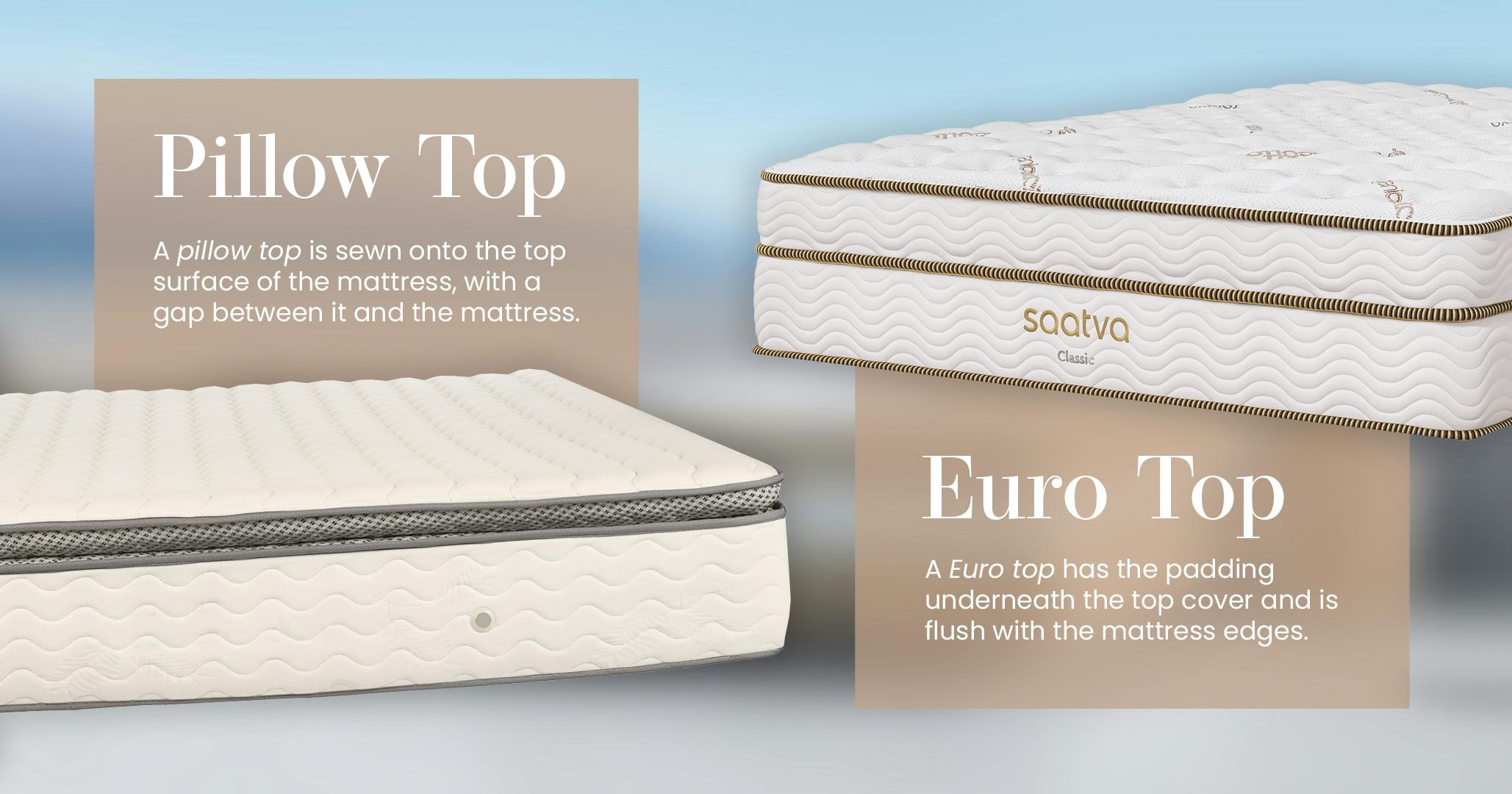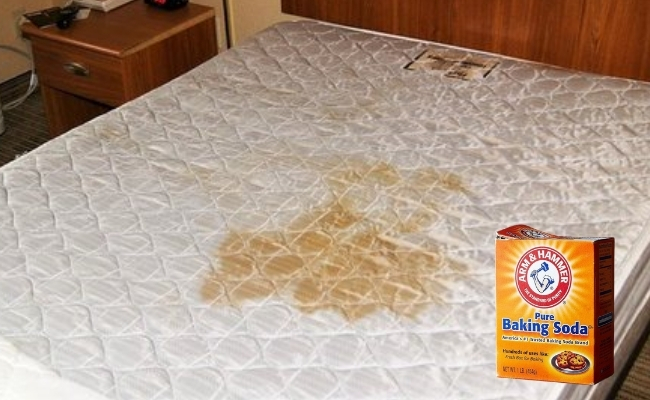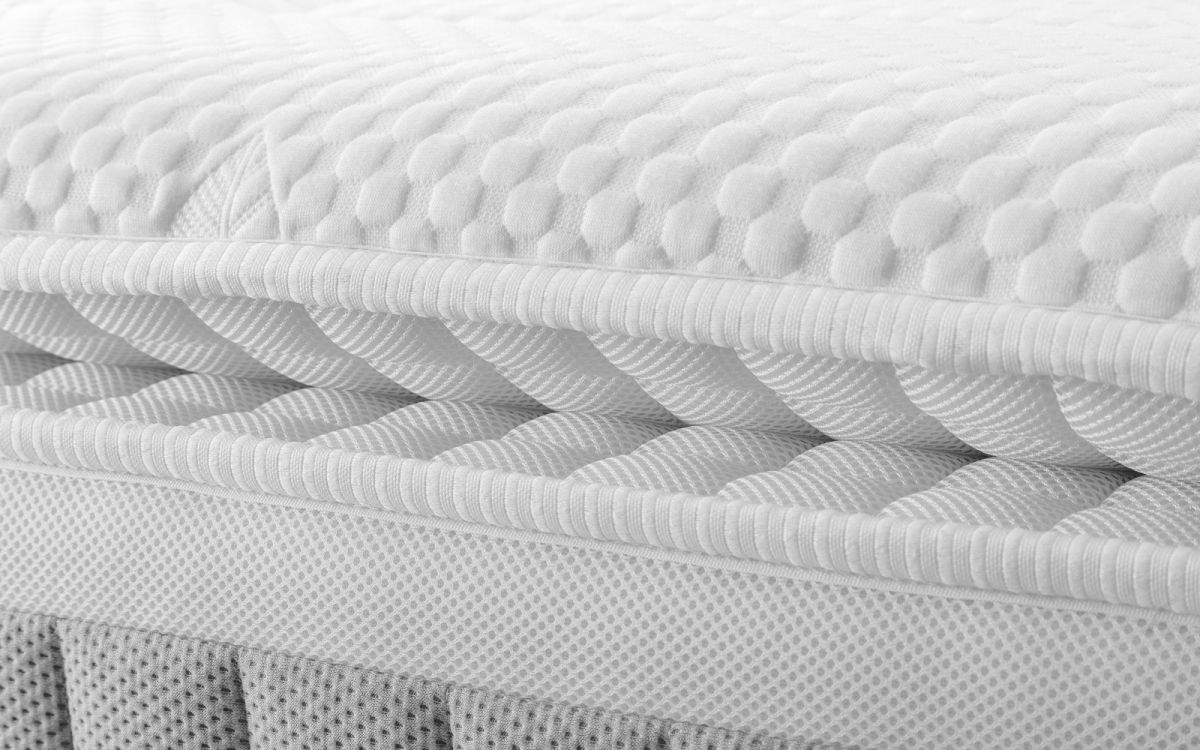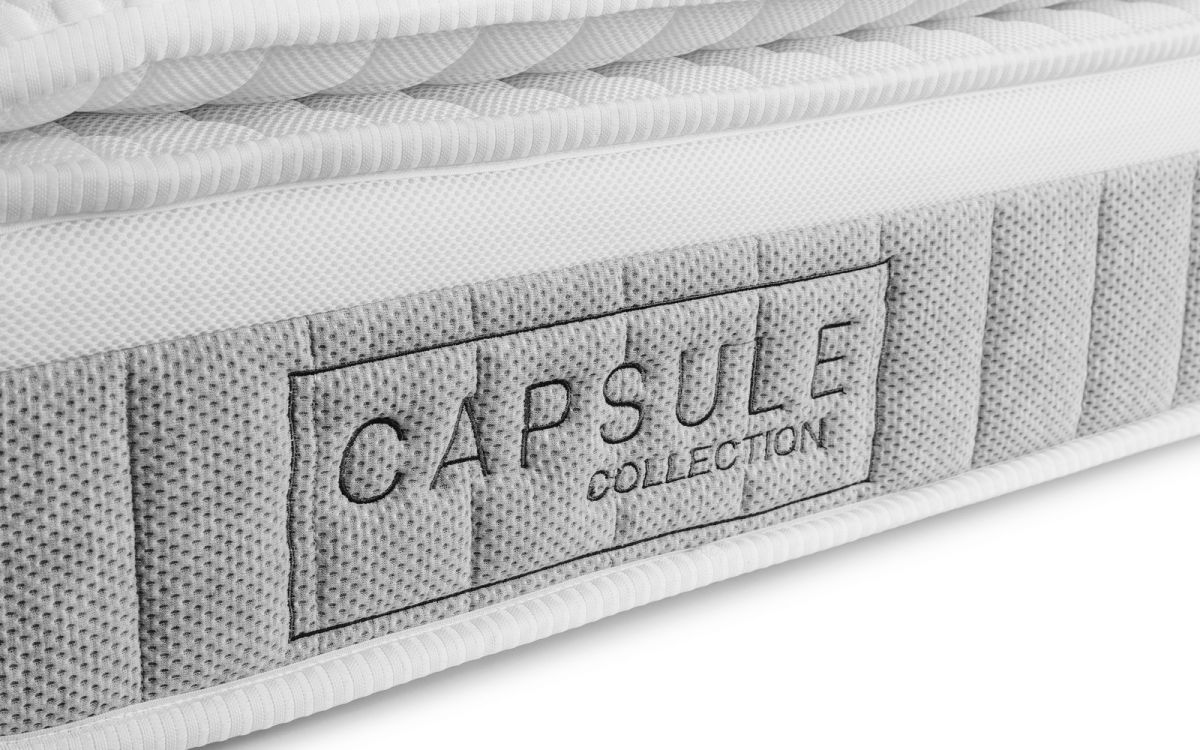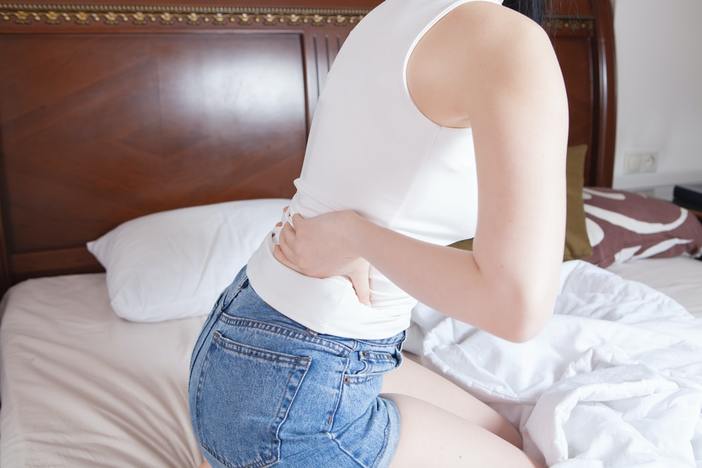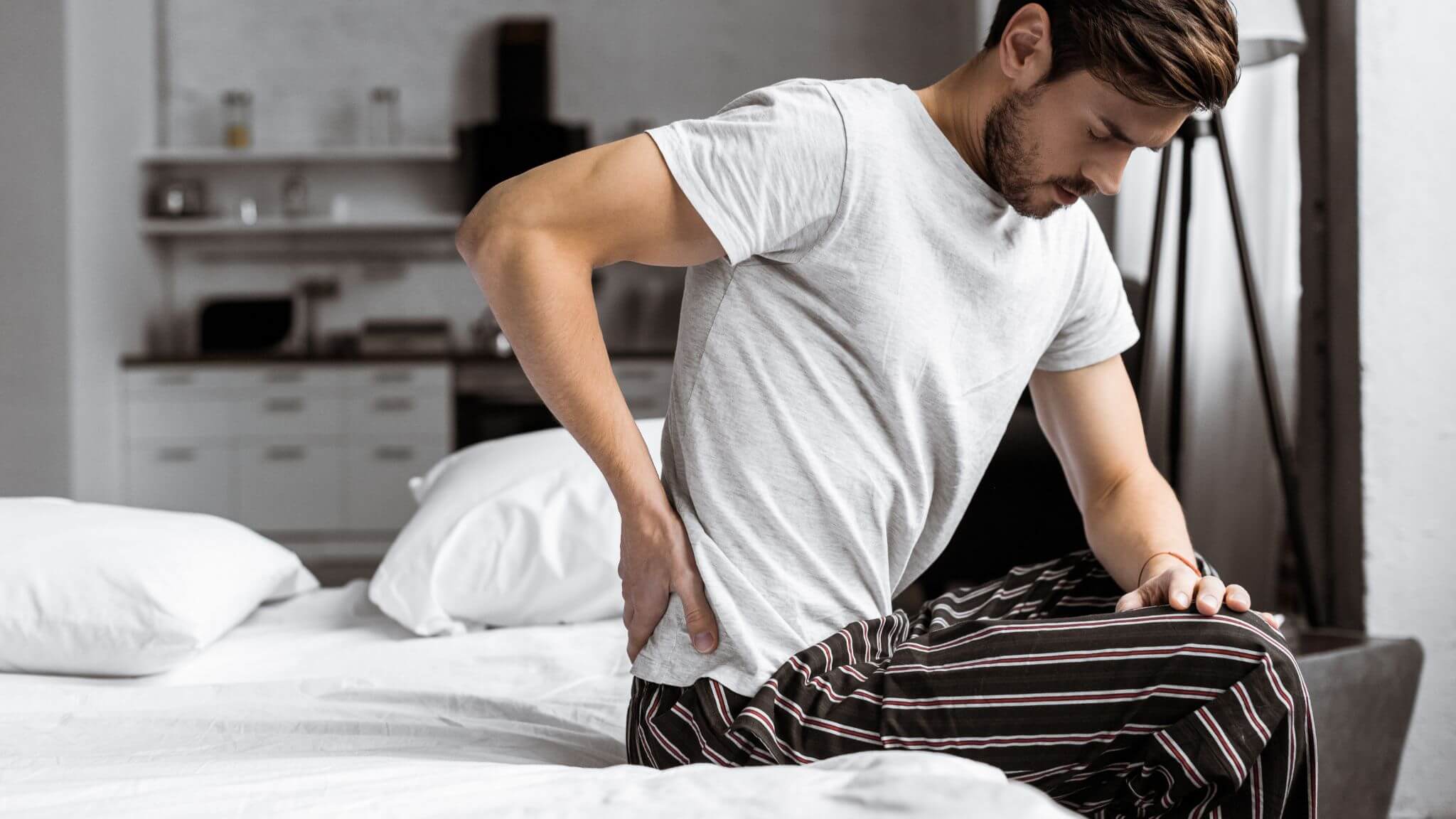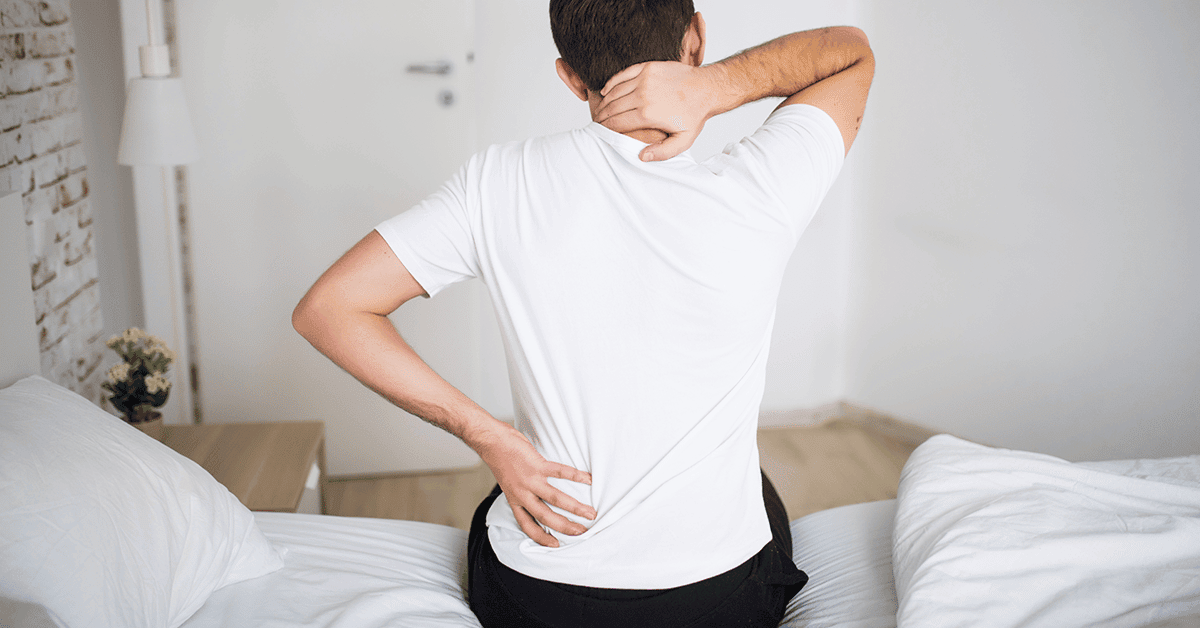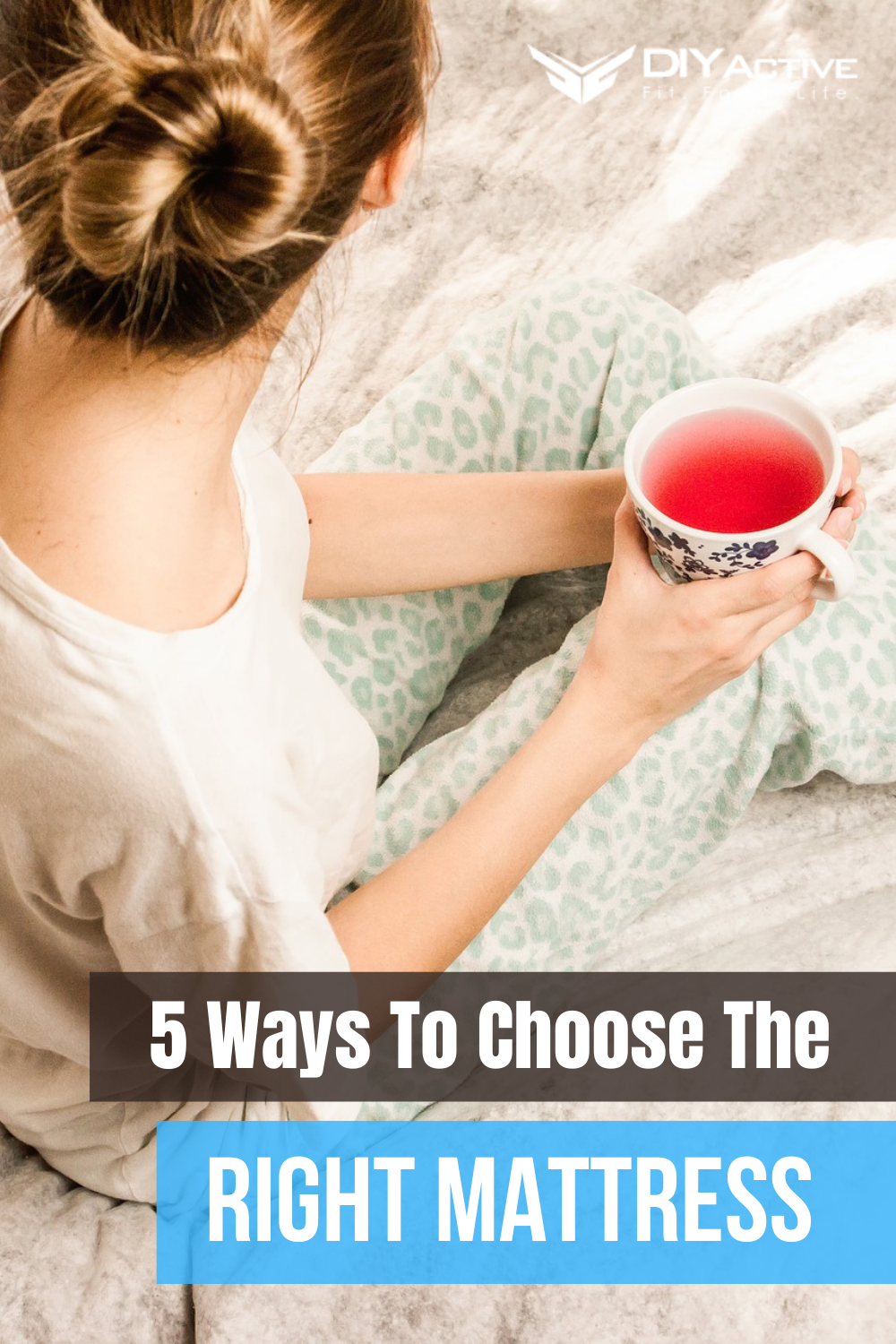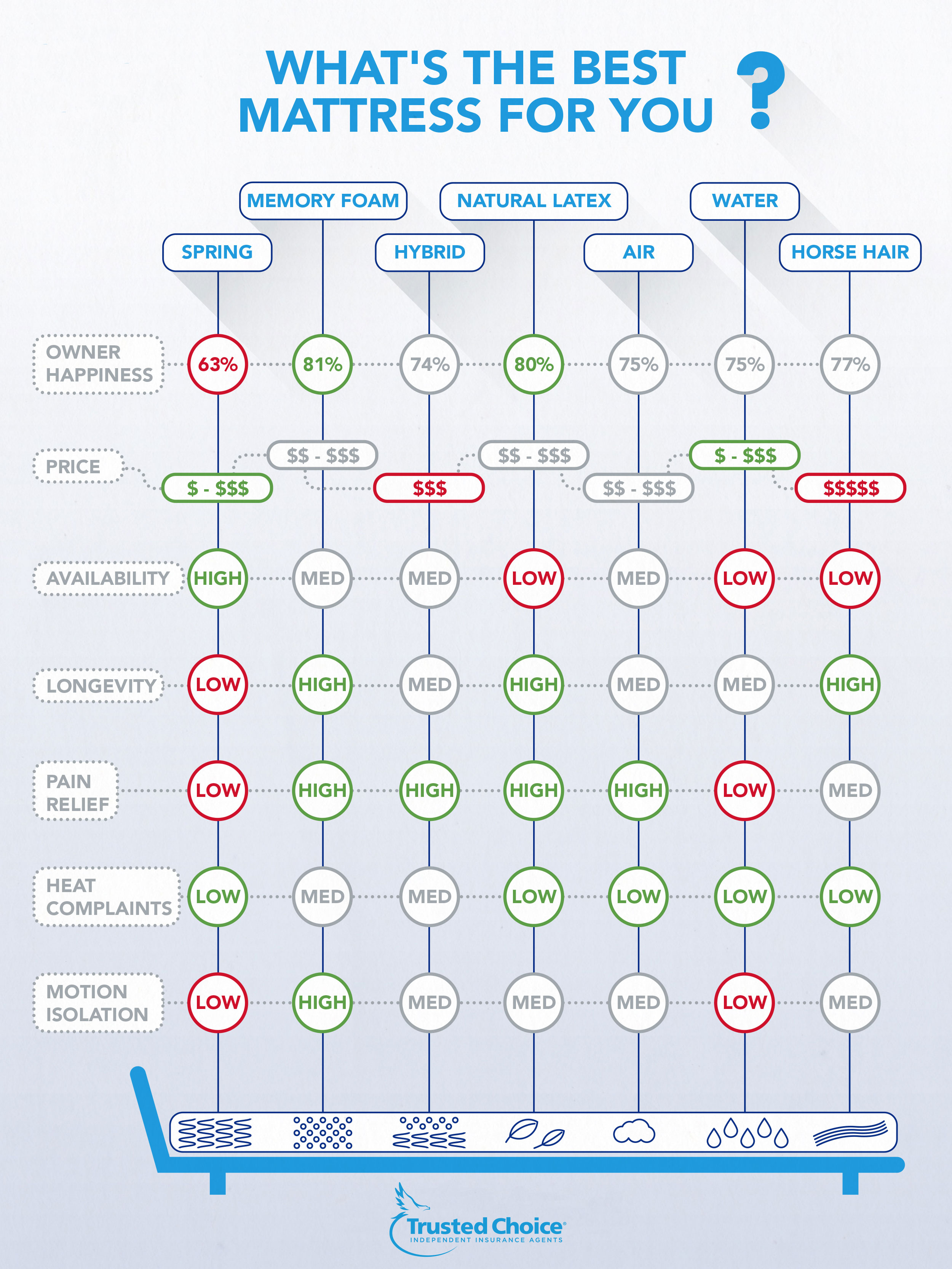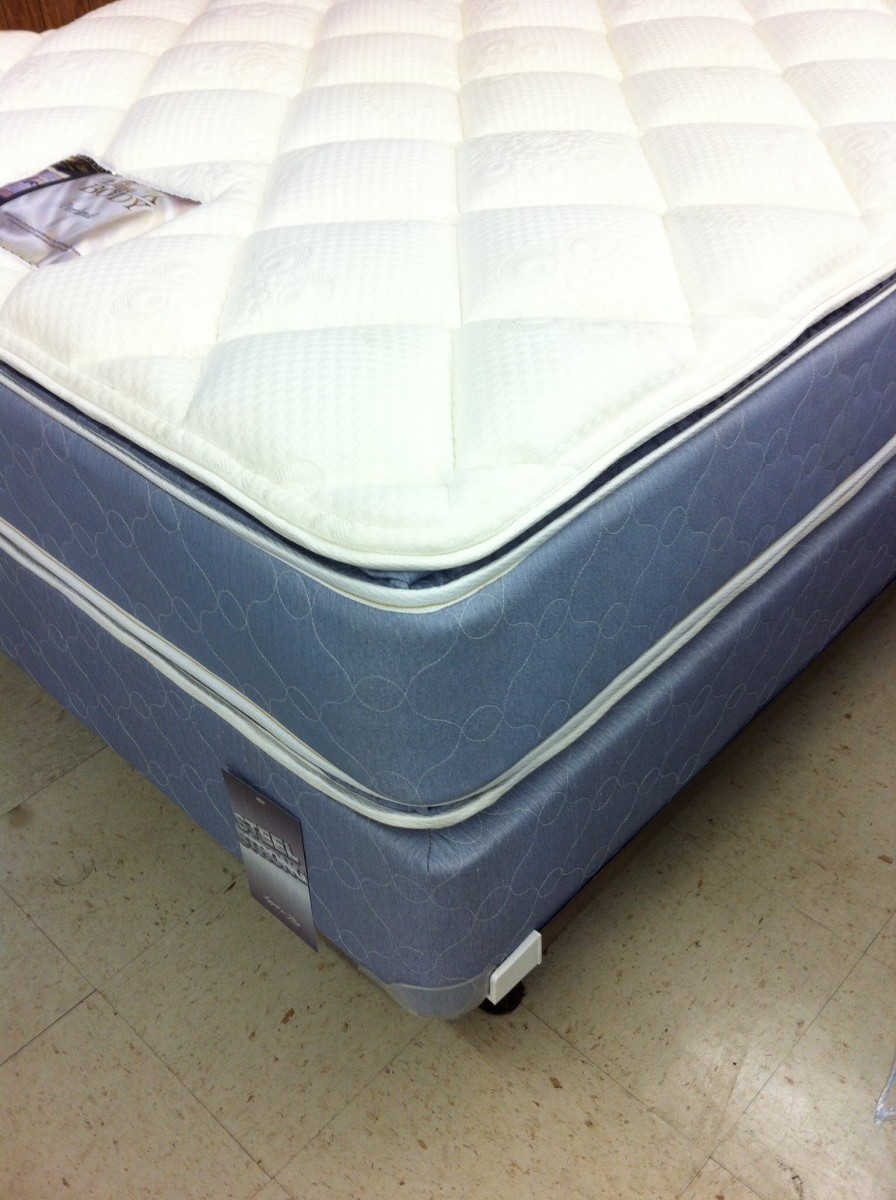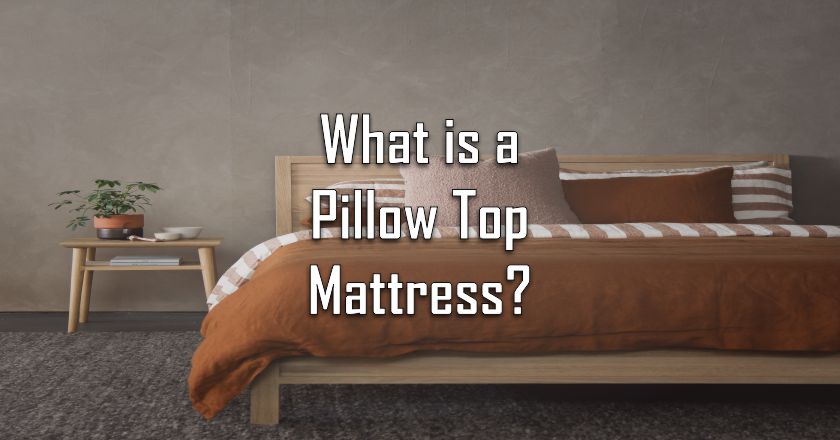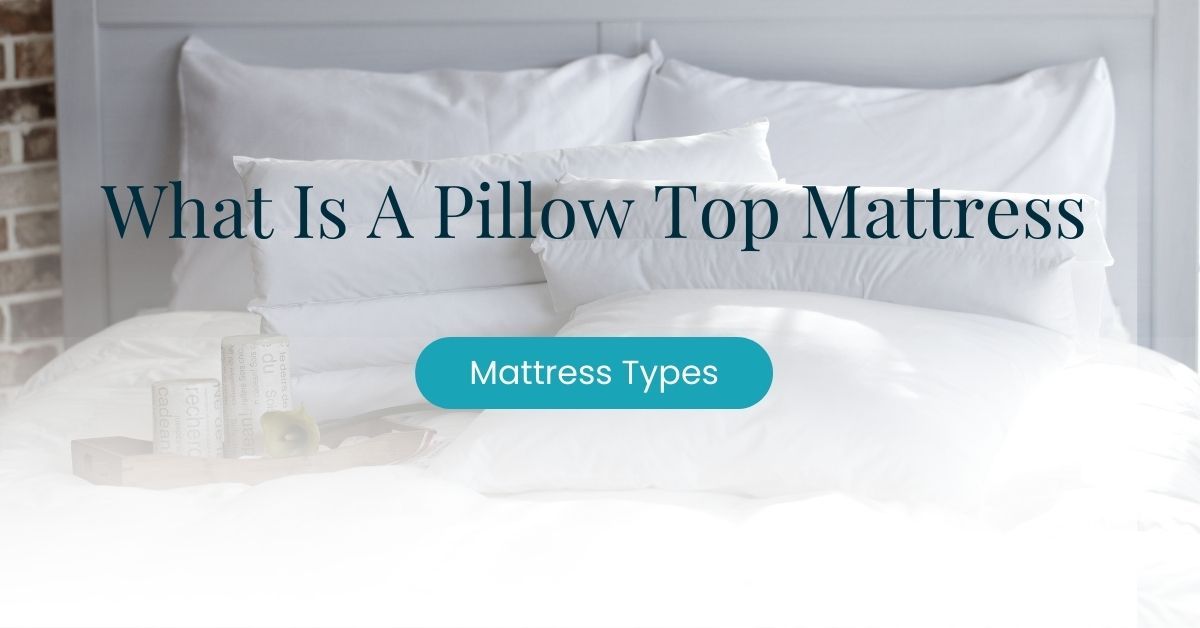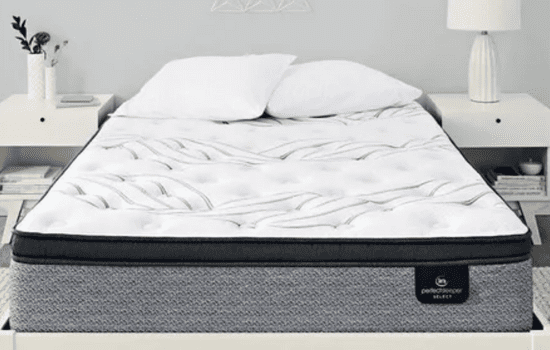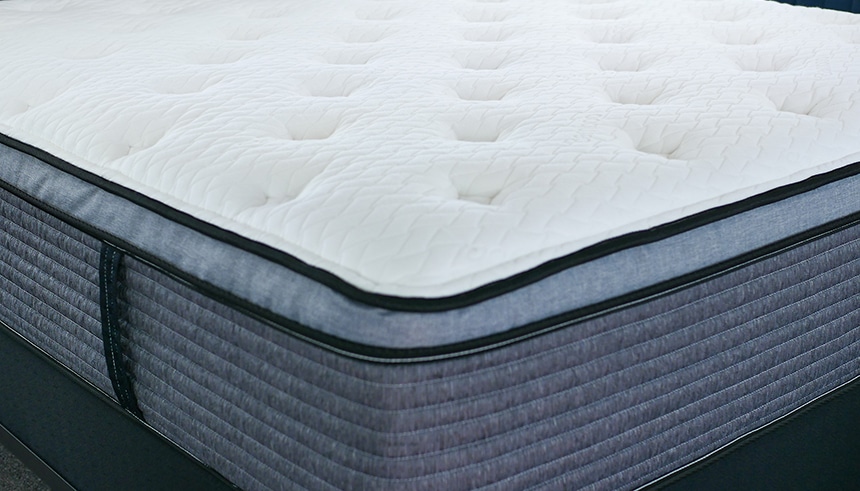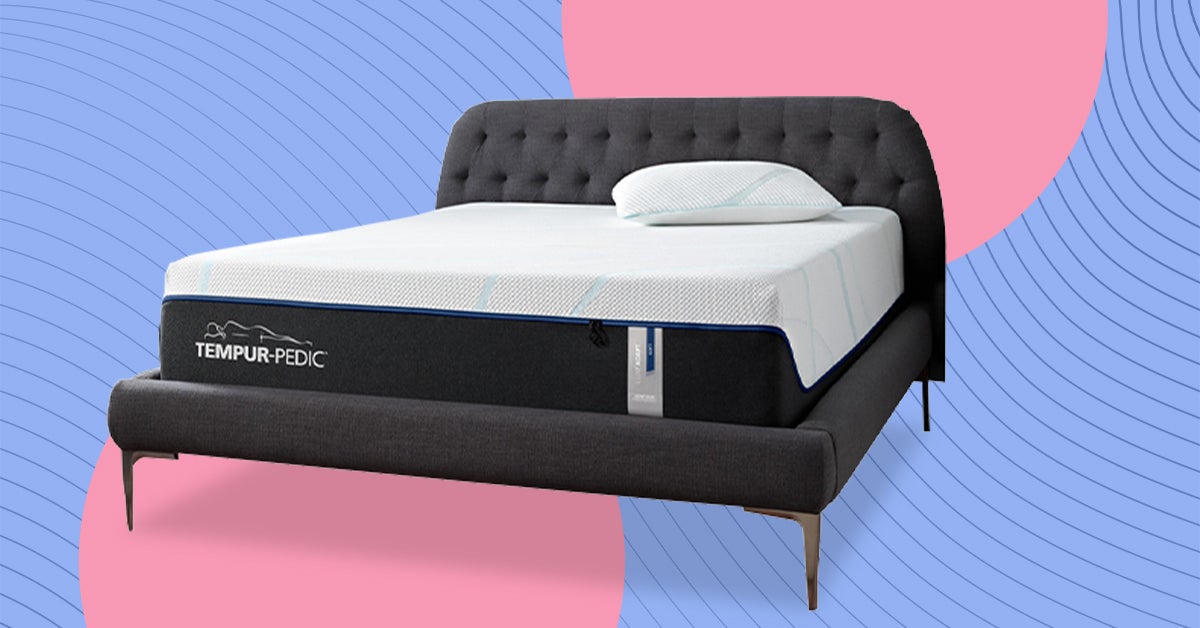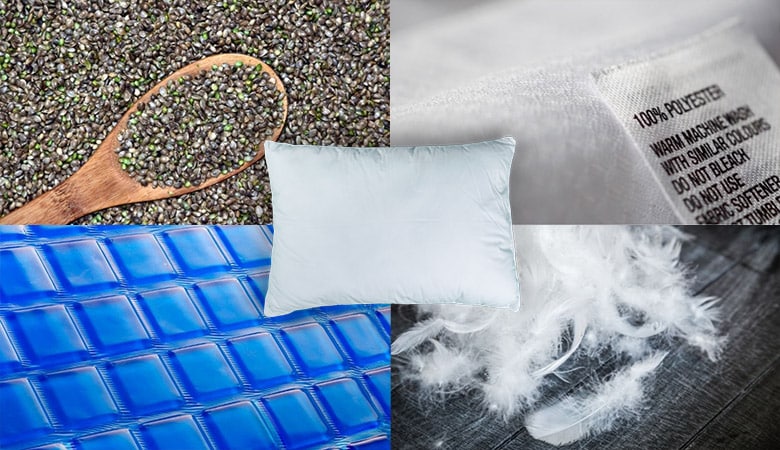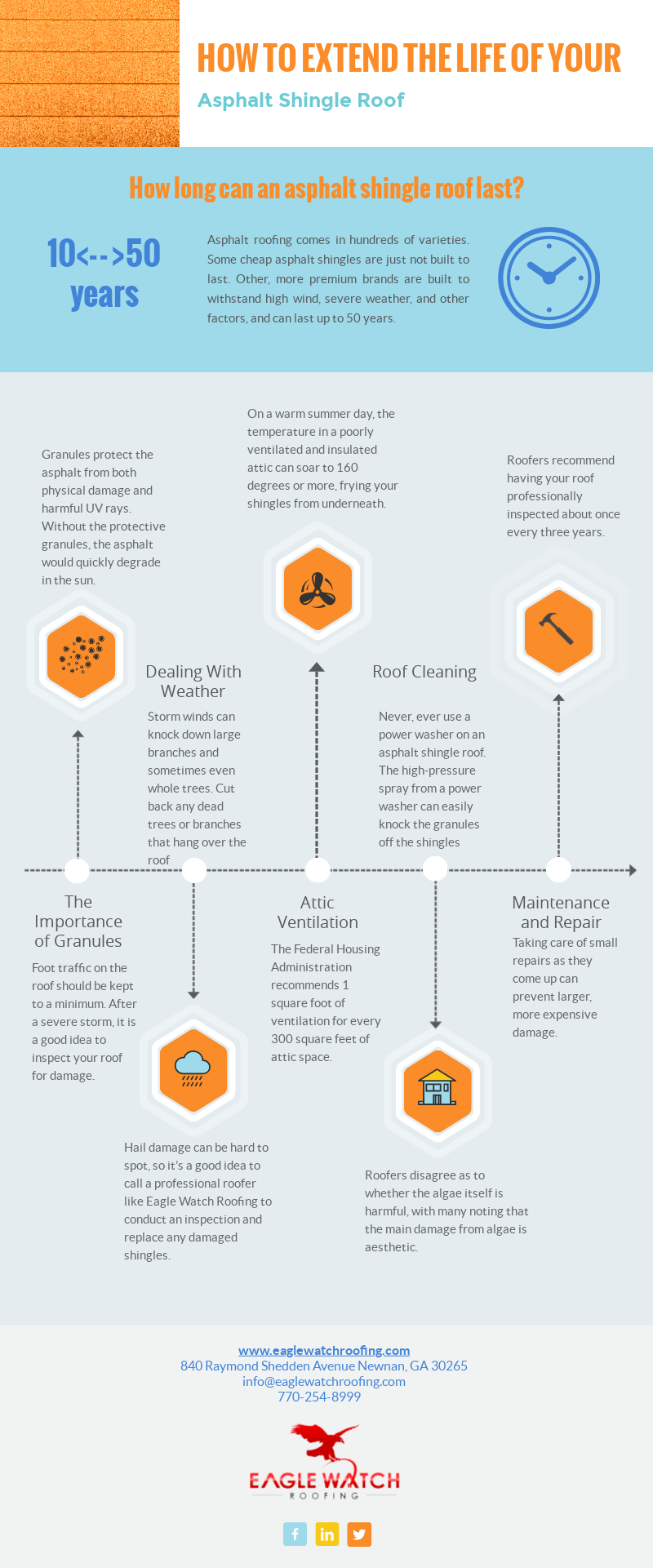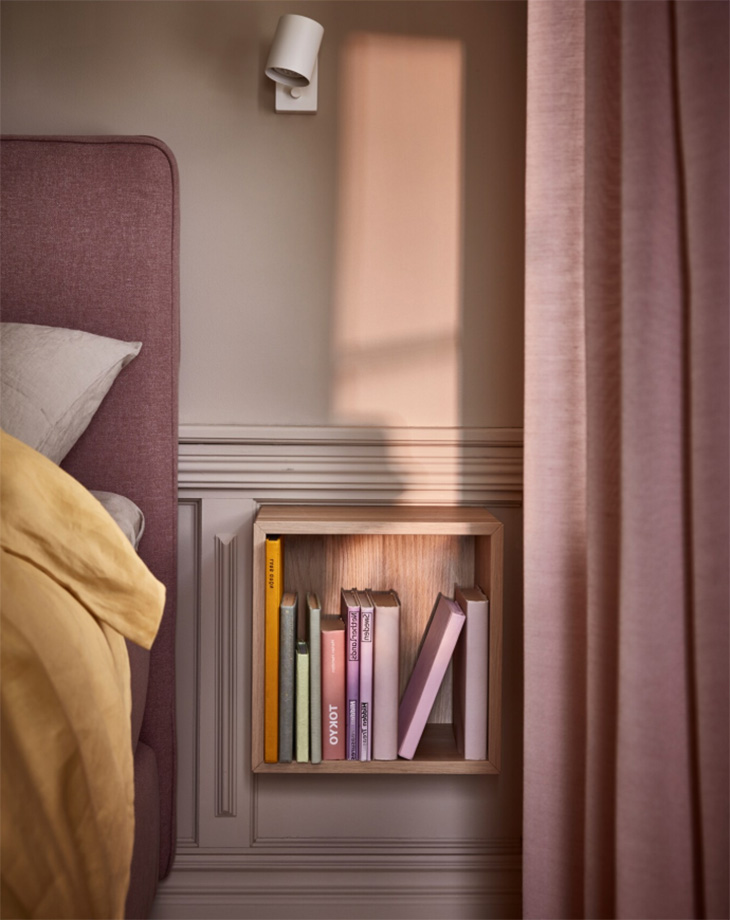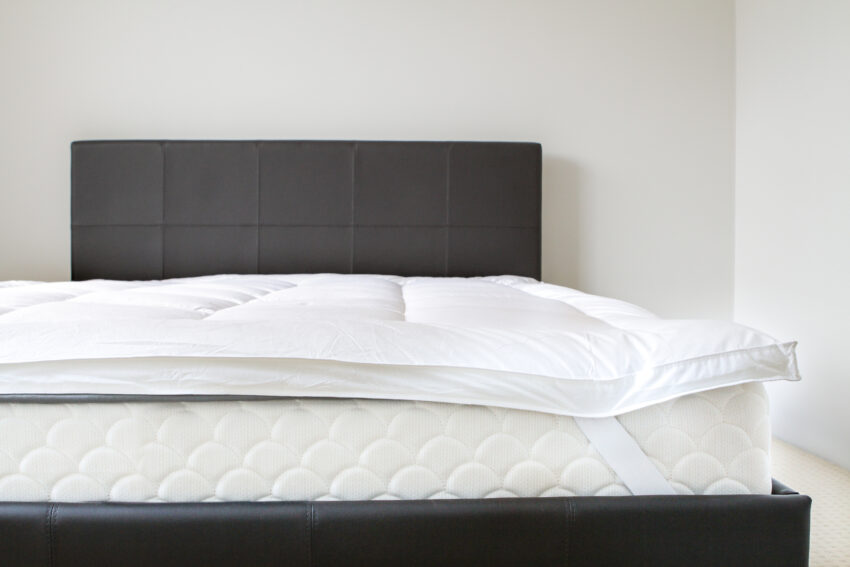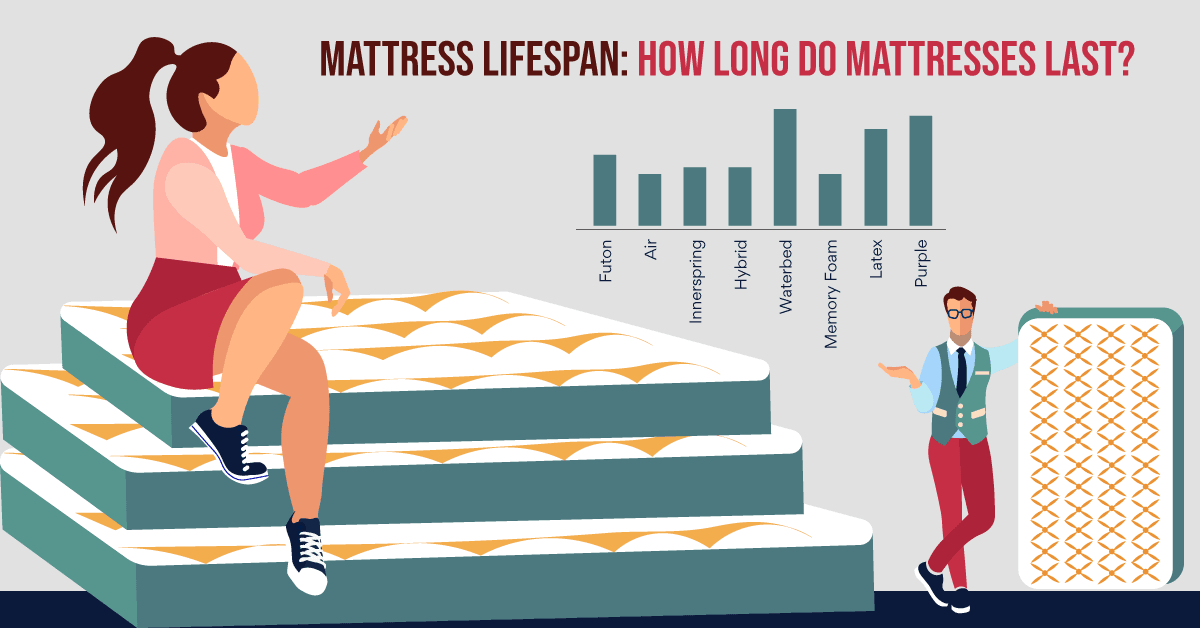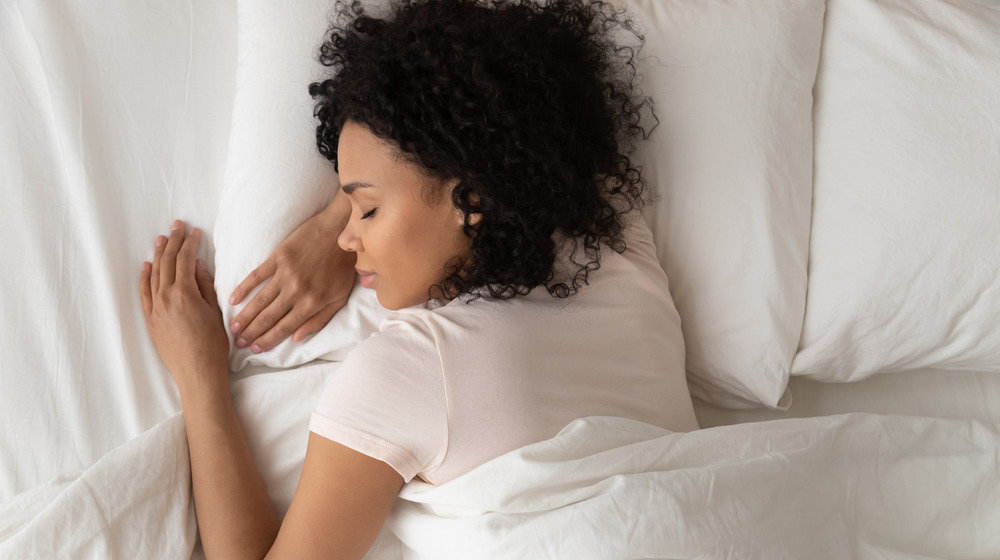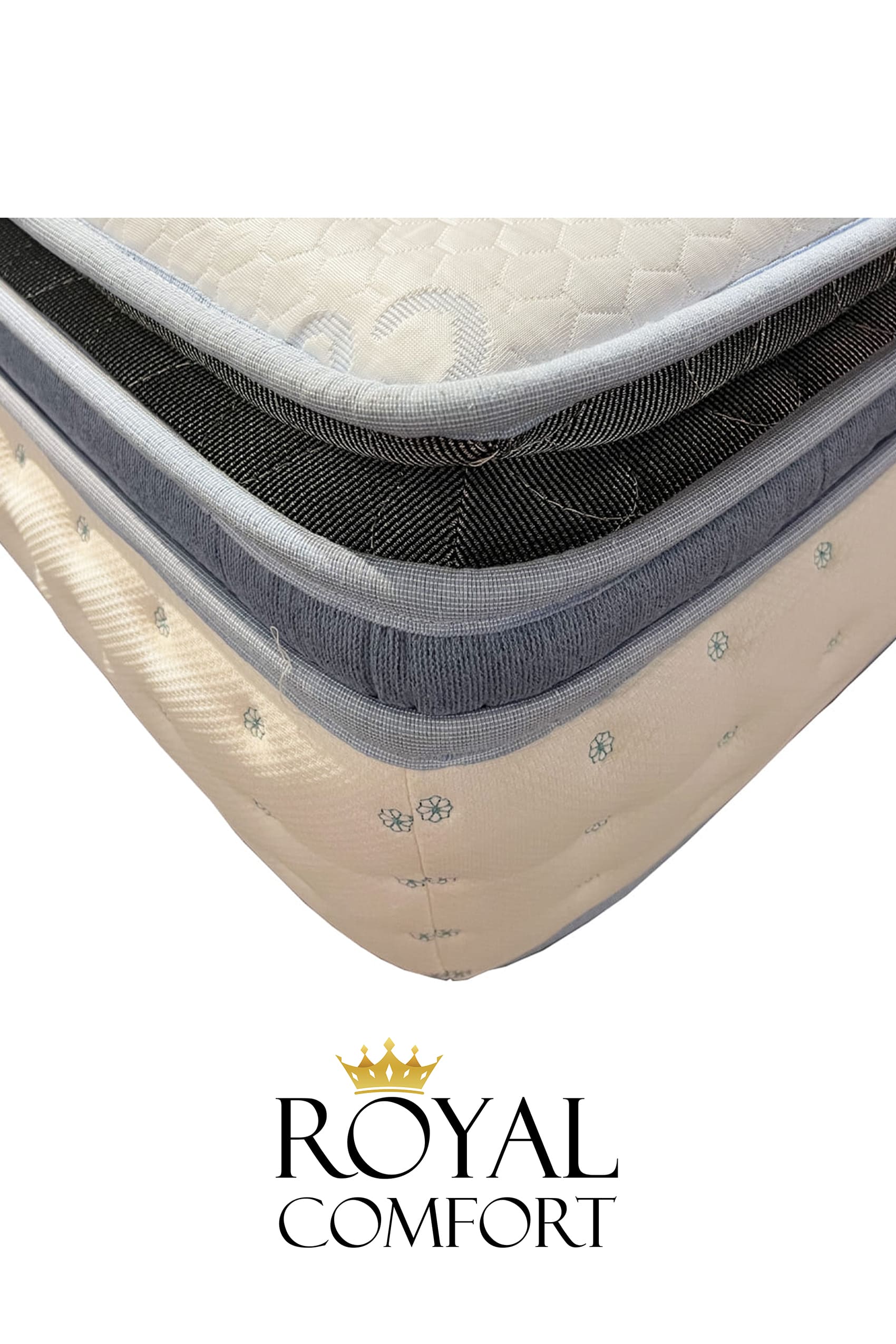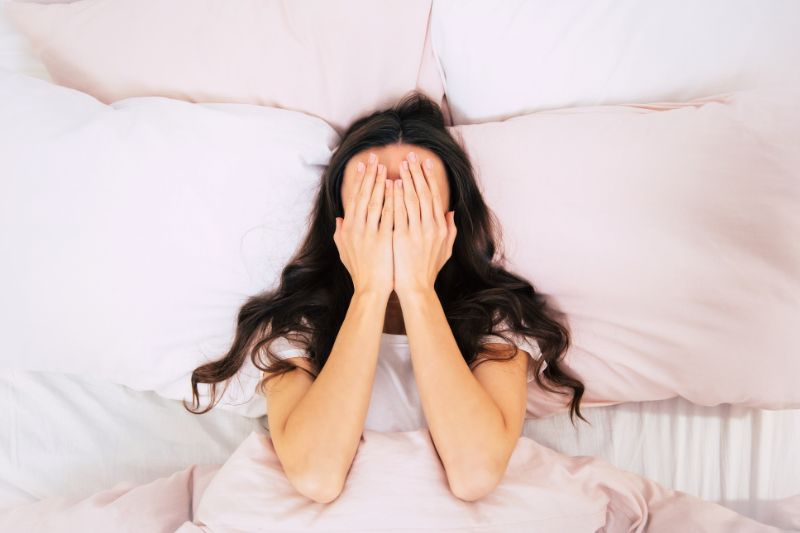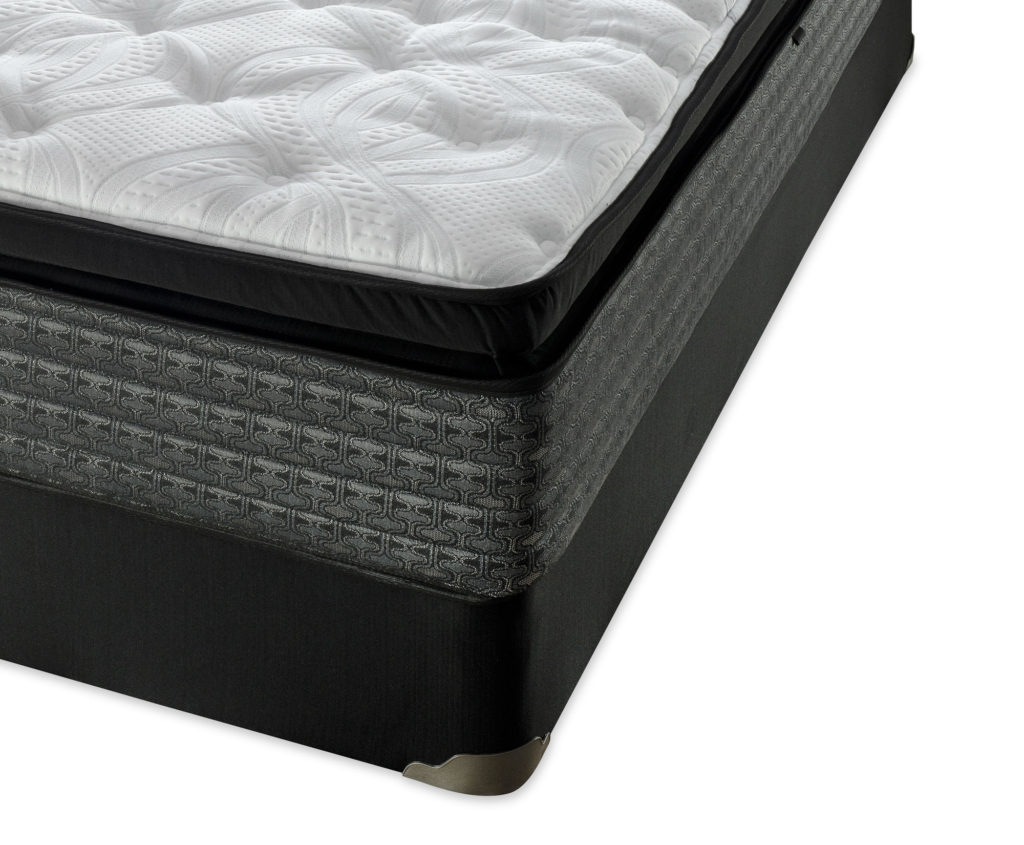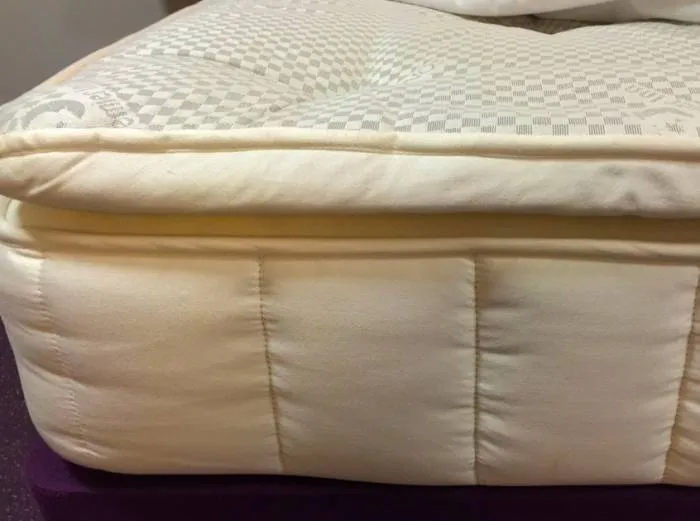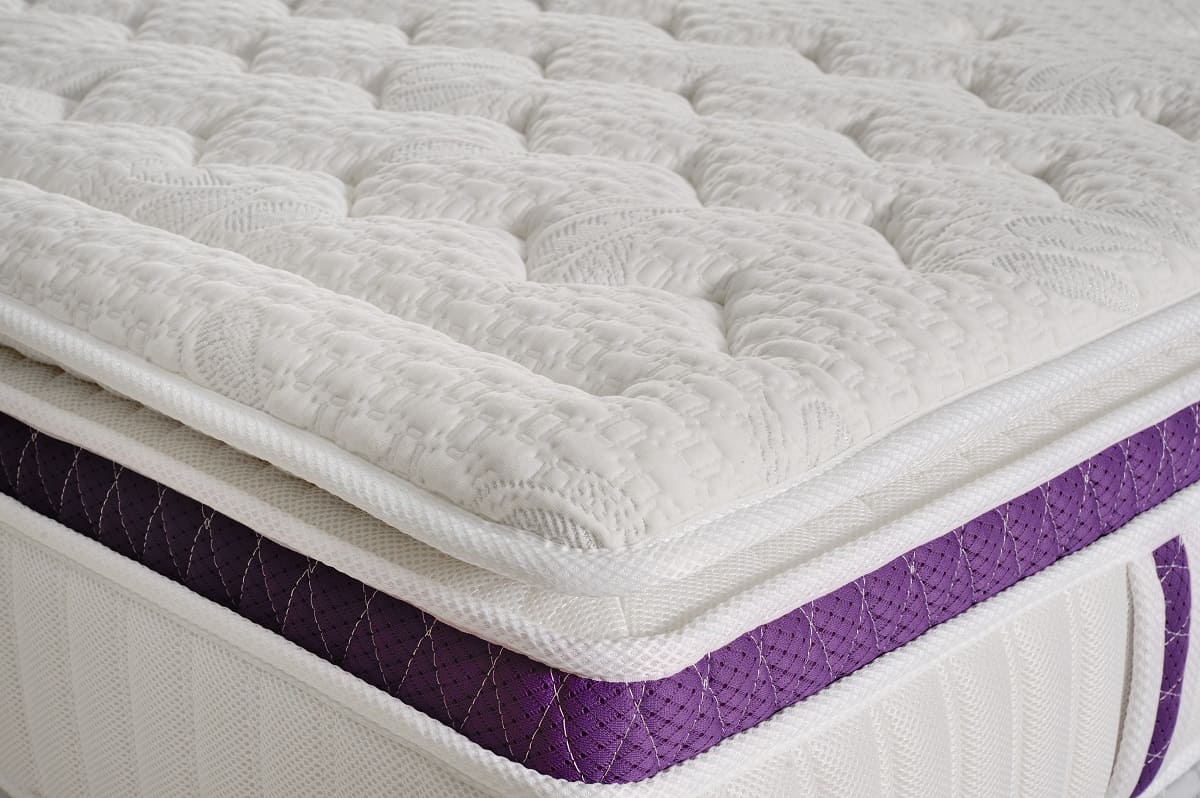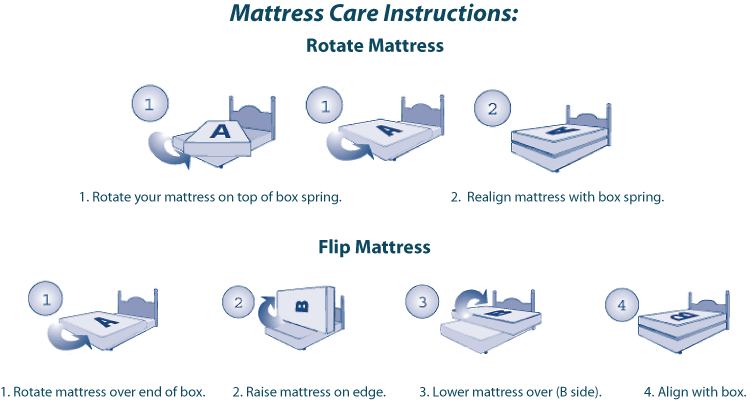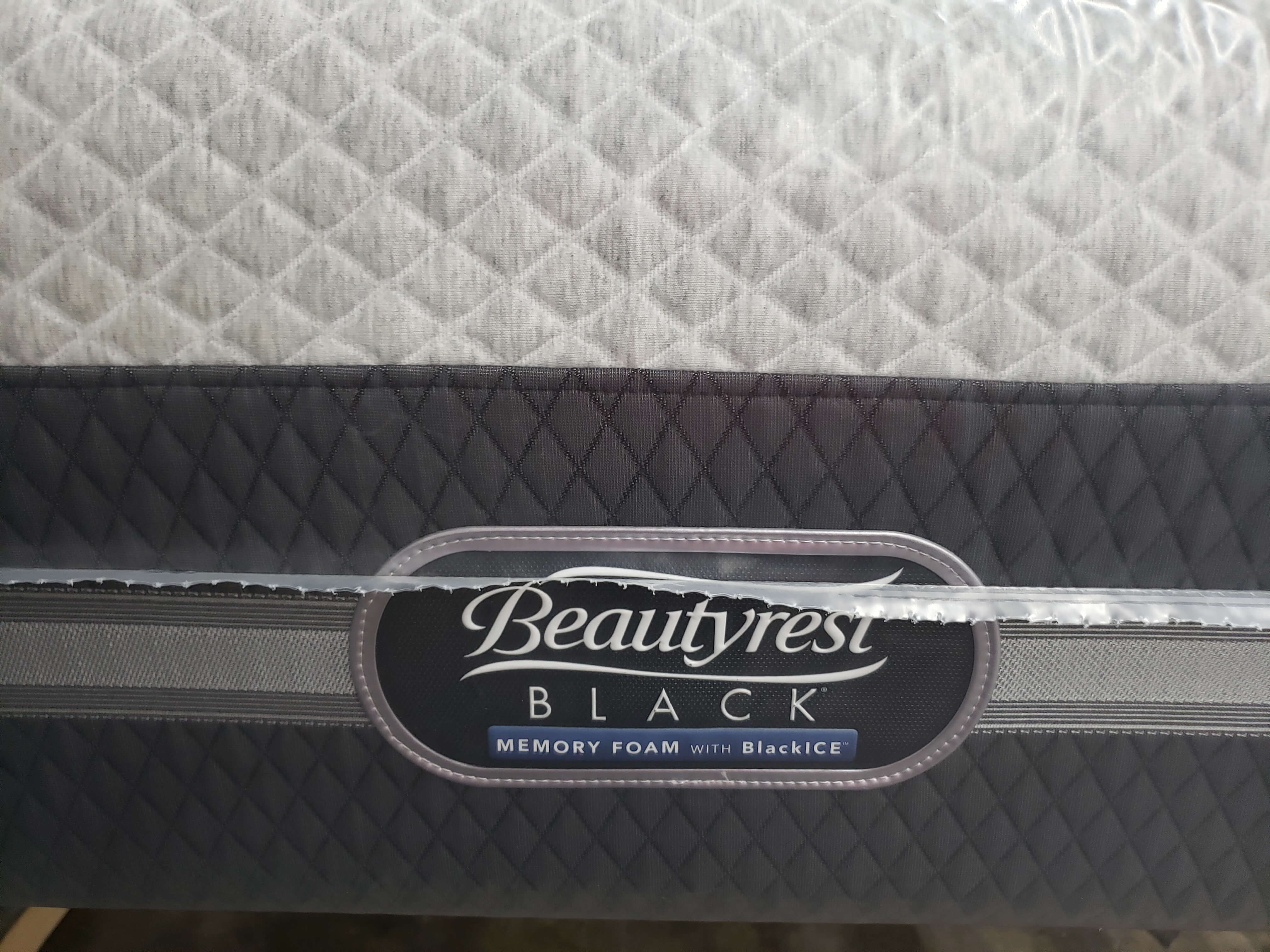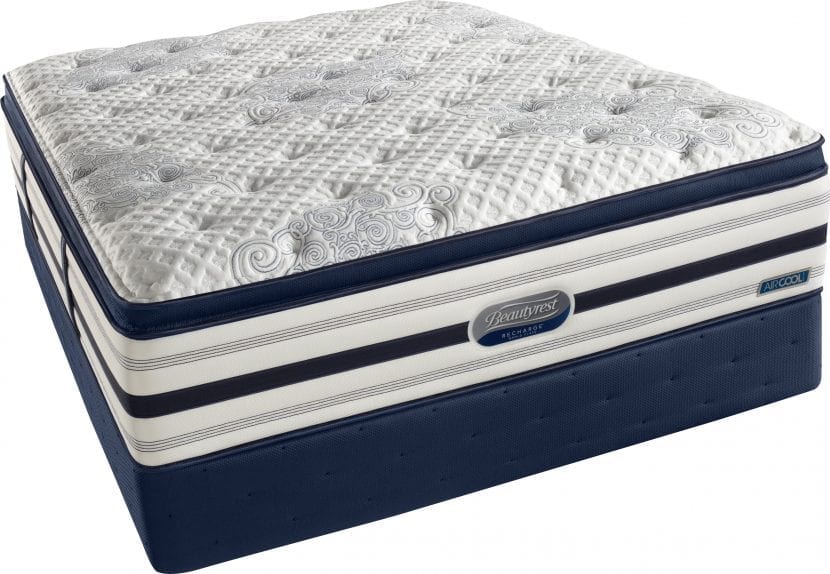Pillow top mattresses are a popular choice for those looking for a luxurious and comfortable sleeping experience. However, like any other type of mattress, they come with their own set of problems. Here are the top 10 main pillow top mattress problems that you may encounter: 1. Sagging One of the most common issues with pillow top mattresses is sagging. The pillow top layer is often made of soft materials, which can compress and lose support over time. This can result in a dip or indentation in the mattress, making it uncomfortable to sleep on and causing back pain. 2. Uneven Firmness Another problem with pillow top mattresses is uneven firmness. Since the pillow top layer is often made of a separate material from the rest of the mattress, it can shift or become lumpy, causing uneven support and discomfort while sleeping. 3. Heat Retention Pillow top mattresses are known for their plush and cozy feel, but this can also be a drawback. The soft materials used in the pillow top layer can trap body heat, making the mattress feel uncomfortably warm and causing night sweats. 4. Durability Due to the softness of the pillow top layer, these mattresses may not be as durable as other types. Over time, the materials can compress and lose support, leading to sagging and unevenness. 5. Cost Pillow top mattresses tend to be more expensive than traditional mattresses. This is due to the additional layer of cushioning and the use of higher quality materials. If you are on a budget, a pillow top mattress may not be the best option for you. 6. Allergies The plush materials used in pillow top mattresses can also be a breeding ground for dust mites and other allergens. If you have allergies or sensitivities, this may cause discomfort and interrupt your sleep. 7. Weight Limit Due to the softer materials used in the pillow top layer, these mattresses may not be suitable for heavier individuals. The weight limit for pillow top mattresses is typically lower than other types, and over time, the mattress may start to sag or become uneven under heavier weight. 8. Cleaning Difficulties Pillow top mattresses can be challenging to clean, especially if they have stains or spills. The added layer of cushioning makes it harder to remove dirt and debris, and some cleaning methods may damage the materials. 9. Compatibility with Adjustable Beds Not all pillow top mattresses are compatible with adjustable beds. The added cushioning may not bend or flex well, resulting in discomfort and potential damage to the mattress. 10. Odor Some pillow top mattresses may emit a strong chemical odor when first unpackaged. This is known as off-gassing and can be bothersome for those with sensitivities or strong sense of smell.Common Problems with Pillow Top Mattresses
If your pillow top mattress is starting to sag, don't fret. There are a few things you can do to fix the problem and extend the life of your mattress: 1. Rotate and Flip Regularly To prevent uneven sagging, rotate and flip your mattress every 3-6 months. This helps distribute weight and wear evenly across the mattress. 2. Use a Mattress Topper A mattress topper can add extra support and cushioning to your pillow top mattress, helping to alleviate sagging and discomfort. 3. Check the Foundation If your mattress is on a box spring, make sure it is still providing proper support. Over time, box springs can lose their firmness and contribute to mattress sagging. 4. Reinforce the Edges If the edges of your pillow top mattress are starting to sag, you can reinforce them by placing a piece of plywood or a firm pillow under the mattress. This will provide additional support and prevent further sagging. 5. Consider a Warranty Claim If your pillow top mattress is still under warranty, you may be able to file a claim for sagging. Be sure to check the terms and conditions of your warranty before making a claim.How to Fix a Sagging Pillow Top Mattress
Pillow top and memory foam mattresses are both popular choices for those seeking a comfortable and supportive sleeping surface. Here are some factors to consider when choosing between the two: Comfort Both pillow top and memory foam mattresses are known for their comfort, but they provide different types of support. Pillow top mattresses offer a plush and cushioned feel, while memory foam molds to the shape of your body for personalized support. Price Pillow top mattresses tend to be more expensive than memory foam mattresses due to the added layer of cushioning. However, the price can vary depending on the materials and brand. Heat Retention Memory foam mattresses are notorious for trapping body heat, while pillow top mattresses tend to sleep cooler. However, there are now memory foam mattresses with cooling gel layers to combat this issue. Support Memory foam mattresses are known for their excellent support, especially for those with chronic pain or joint issues. Pillow top mattresses can also provide good support but may not be as suitable for heavier individuals. Ultimately, the choice between a pillow top and memory foam mattress comes down to personal preference and specific needs.Pillow Top Mattress vs. Memory Foam: Which is Better?
To keep your pillow top mattress in good condition and extend its lifespan, here are some cleaning and maintenance tips to follow: 1. Rotate and Flip Regularly As mentioned earlier, rotating and flipping your mattress regularly helps prevent sagging and uneven wear. 2. Spot Clean Stains If you have a spill or stain on your pillow top mattress, spot clean it immediately with a mild detergent and water. Avoid using harsh chemicals or excessive water, as this can damage the materials. 3. Vacuum Regularly Vacuum your mattress regularly to remove dust, debris, and allergens. Use a brush attachment to avoid damaging the materials. 4. Air It Out To combat any potential odors or off-gassing, air out your mattress by opening windows or using a fan in the room. You can also sprinkle baking soda over the mattress and let it sit for a few hours before vacuuming it up. 5. Use a Mattress Protector To protect your pillow top mattress from spills and stains, use a mattress protector. This will also help prevent dust mites and other allergens from accumulating.How to Clean and Maintain Your Pillow Top Mattress
Many people choose pillow top mattresses for their plush and comfortable feel, but it can also be the cause of back pain. Here are some reasons why your pillow top mattress may be contributing to your discomfort: 1. Lack of Support The soft materials used in pillow top mattresses may not provide enough support for your body, leading to back pain. This is especially true for those who need extra support due to chronic pain or injuries. 2. Sagging If your pillow top mattress is starting to sag, it can cause your body to sink in unevenly, leading to back pain. This is why it's essential to rotate and flip your mattress regularly to prevent sagging. 3. Wrong Firmness Level Choosing the wrong firmness level for your body can also result in back pain. If your pillow top mattress is too soft or too firm, it may not provide proper support for your spine. 4. Inadequate Support for Heavier Individuals Pillow top mattresses are not suitable for heavier individuals, as the soft materials may compress too much and cause discomfort and back pain. If your pillow top mattress is causing you back pain, consider switching to a firmer or more supportive mattress or using a mattress topper for added support.Why Your Pillow Top Mattress is Causing You Back Pain
When shopping for a pillow top mattress, here are some factors to consider to ensure you choose the right one for your needs: 1. Firmness Level Pillow top mattresses come in various firmness levels, from plush to extra firm. Consider your sleeping position and personal preferences when choosing the right firmness level for you. 2. Materials The materials used in the pillow top layer can affect the overall comfort and durability of the mattress. Look for high-quality materials that will provide adequate support and last longer. 3. Budget Pillow top mattresses can range in price, so it's essential to have a budget in mind. Remember that a higher price does not always mean better quality, so do your research and compare options. 4. Warranty and Return Policy Choose a pillow top mattress that comes with a good warranty and return policy. This will give you peace of mind and protection in case there are any issues with the mattress.How to Choose the Right Pillow Top Mattress for Your Needs
Like any other type of mattress, pillow top mattresses have their own set of advantages and disadvantages. Here are some pros and cons to consider before purchasing one: Pros:The Pros and Cons of Owning a Pillow Top Mattress
To get the most out of your pillow top mattress and extend its lifespan, here are some tips to follow: 1. Rotate and Flip Regularly We can't stress this enough - rotating and flipping your mattress every 3-6 months can prevent sagging and extend its lifespan. 2. Use a Mattress Topper A mattress topper can add extra support and cushioning to your pillow top mattress, helping it last longer. 3. Keep It Clean Regularly vacuum and spot clean your mattress to remove dust, dirt, and stains. This will help prevent damage and keep your mattress in good condition. 4. Avoid Jumping on the Bed As fun as it may be, jumping on your pillow top mattress can damage the materials and cause sagging. Avoid this to extend the lifespan of your mattress. 5. Don't Overload It Pillow top mattresses have weight limits, so avoid overloading it with too much weight. This can cause sagging and uneven wear.How to Extend the Lifespan of Your Pillow Top Mattress
If you find yourself waking up hot and sweaty while sleeping on a pillow top mattress, here are some reasons why: 1. Heat Retention As mentioned earlier, the plush materials used in pillow top mattresses can trap body heat, making it uncomfortable for hot sleepers. 2. Memory Foam Layer Some pillow top mattresses come with a memory foam layer, which is known for its heat-trapping properties. Consider opting for a pillow top mattress without a memory foam layer if you tend to sleep hot. 3. Lack of Airflow The extra layer of cushioning in pillow top mattresses can restrict airflow, leading to heat retention. This is especially true for those who sleep on their stomach or back, as their body weight can compress the materials and restrict airflow even more.Why Your Pillow Top Mattress is Making You Hot at Night
To ensure you rotate and flip your pillow top mattress correctly, here are some steps to follow: 1. Read the Manufacturer's Instructions Before flipping or rotating your mattress, be sure to read the manufacturer's instructions. They may have specific recommendations for your particular mattress model. 2. Remove All Bedding and Accessories Before rotating or flipping your mattress, remove all bedding, including sheets, mattress protectors, and pillows. 3. Rotate 180 DegreesHow to Properly Rotate and Flip Your Pillow Top Mattress
The Downside of Pillow Top Mattresses

Introduction
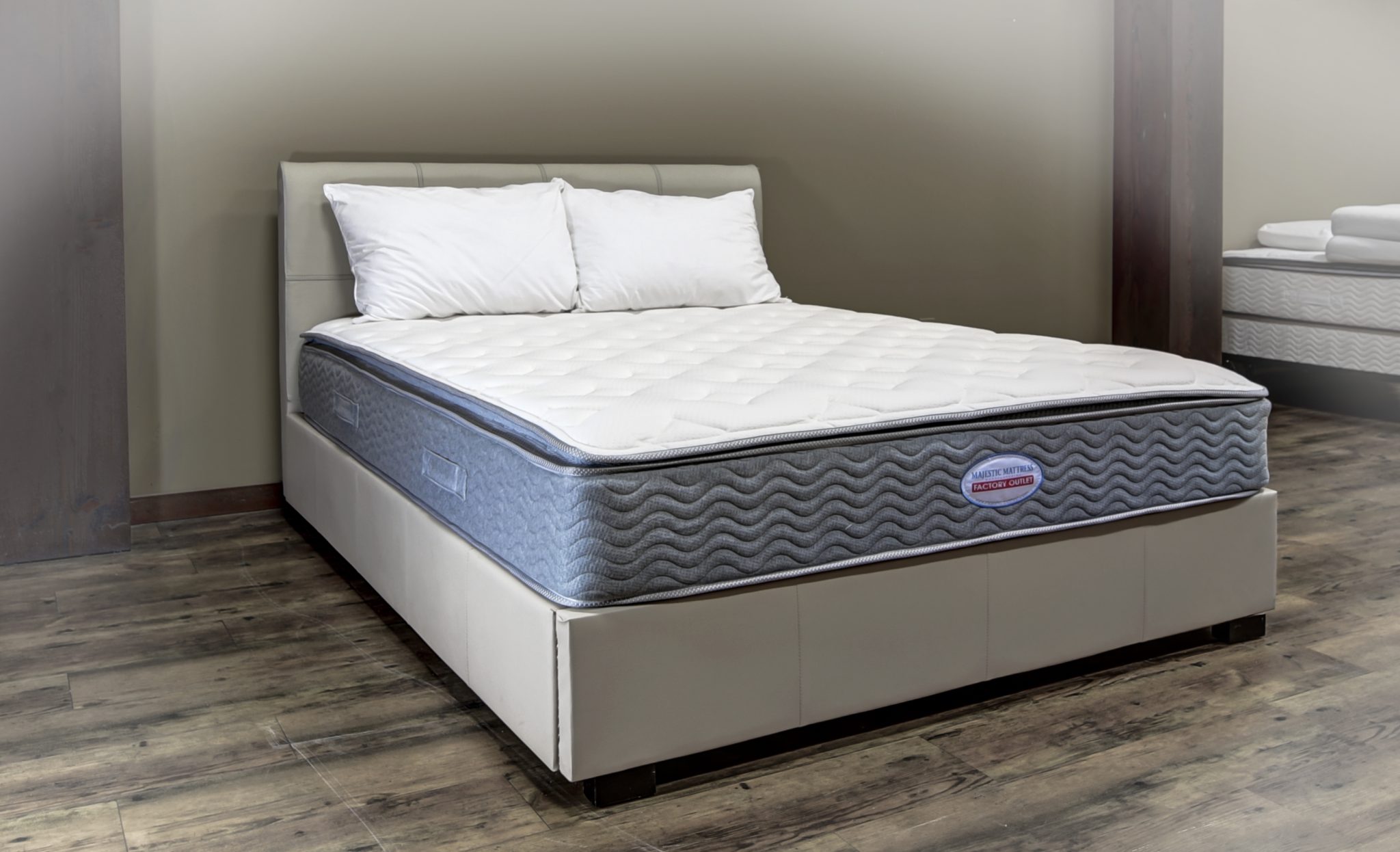 Pillow top mattresses have become increasingly popular in recent years due to their plush and comfortable feel. These mattresses have an extra layer of padding on top, giving the illusion of sleeping on a cloud. However, with the rise in popularity, there has also been an increase in complaints and issues with these mattresses. Here are some of the main problems associated with pillow top mattresses that you should be aware of.
Pillow top mattresses have become increasingly popular in recent years due to their plush and comfortable feel. These mattresses have an extra layer of padding on top, giving the illusion of sleeping on a cloud. However, with the rise in popularity, there has also been an increase in complaints and issues with these mattresses. Here are some of the main problems associated with pillow top mattresses that you should be aware of.
Lack of Support
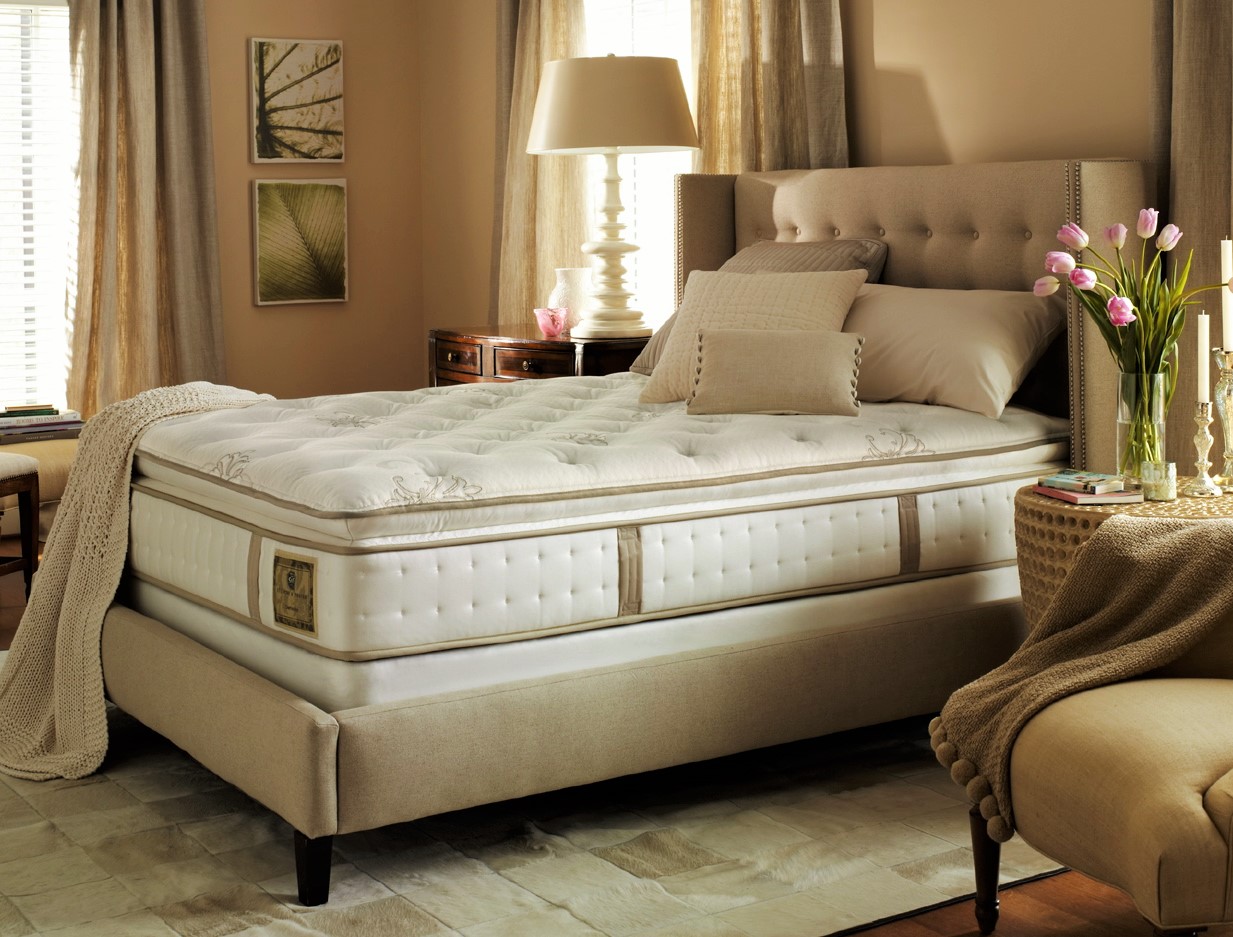 One of the biggest issues with pillow top mattresses is their lack of support. The extra layer of padding may provide initial comfort, but it often lacks the necessary support for your body. This can lead to back pain and discomfort, as your spine is not properly aligned while sleeping. The softness of the pillow top may also cause you to sink in too much, creating pressure points and disrupting your sleep.
Keywords: lack of support, back pain, discomfort, spine, softness, pressure points, sleep
One of the biggest issues with pillow top mattresses is their lack of support. The extra layer of padding may provide initial comfort, but it often lacks the necessary support for your body. This can lead to back pain and discomfort, as your spine is not properly aligned while sleeping. The softness of the pillow top may also cause you to sink in too much, creating pressure points and disrupting your sleep.
Keywords: lack of support, back pain, discomfort, spine, softness, pressure points, sleep
Durability
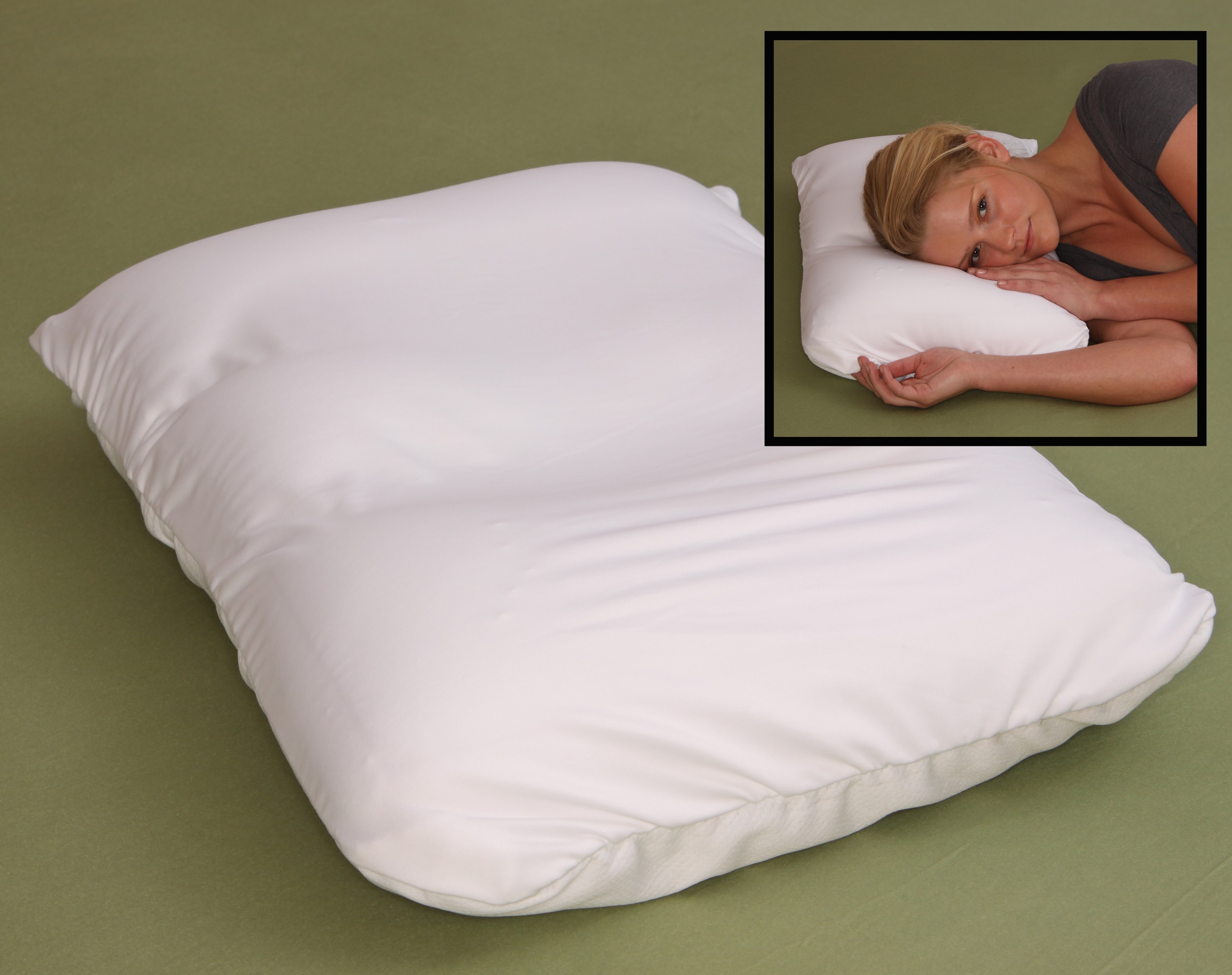 Another common problem with pillow top mattresses is their lack of durability. The extra layer of padding can compress and flatten over time, reducing the overall support and comfort of the mattress. This can lead to a sagging or lumpy surface, making it difficult to get a good night's sleep. Additionally, the plush padding can also attract dust and allergens, which can affect the longevity of the mattress.
Keywords: durability, compress, flatten, sagging, lumpy, dust, allergens, longevity
Another common problem with pillow top mattresses is their lack of durability. The extra layer of padding can compress and flatten over time, reducing the overall support and comfort of the mattress. This can lead to a sagging or lumpy surface, making it difficult to get a good night's sleep. Additionally, the plush padding can also attract dust and allergens, which can affect the longevity of the mattress.
Keywords: durability, compress, flatten, sagging, lumpy, dust, allergens, longevity
Price
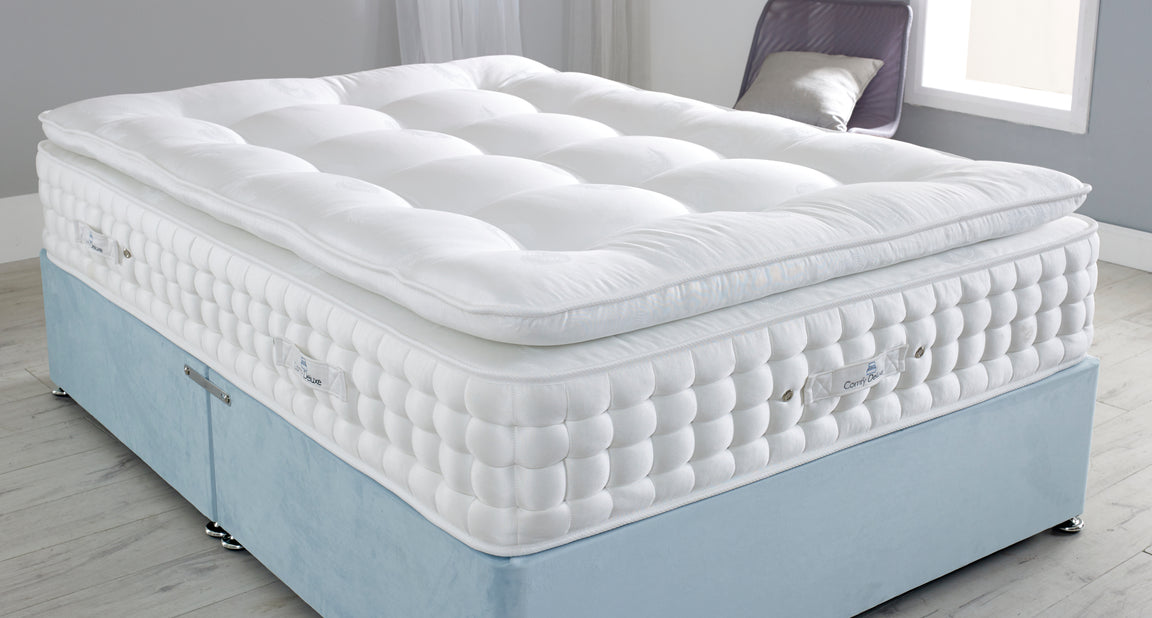 While pillow top mattresses may seem like a luxurious choice, they often come with a hefty price tag. The extra layer of padding and design features can make these mattresses more expensive than traditional options. This can be a major drawback for those on a budget or looking for a more affordable mattress option. It's important to consider the long-term investment and potential issues before splurging on a pillow top mattress.
Keywords: price, expensive, budget, investment, affordable, drawbacks
While pillow top mattresses may seem like a luxurious choice, they often come with a hefty price tag. The extra layer of padding and design features can make these mattresses more expensive than traditional options. This can be a major drawback for those on a budget or looking for a more affordable mattress option. It's important to consider the long-term investment and potential issues before splurging on a pillow top mattress.
Keywords: price, expensive, budget, investment, affordable, drawbacks
Maintenance
 Pillow top mattresses also require more maintenance compared to other types of mattresses. The extra padding can be difficult to clean and may require professional cleaning services. Additionally, flipping and rotating the mattress regularly is necessary to prevent uneven wear and maintain its shape. This can be a hassle for those with larger or heavier mattresses, as it may require assistance to properly maintain.
Keywords: maintenance, cleaning, professional, flipping, rotating, uneven wear, shape, hassle, assistance
Pillow top mattresses also require more maintenance compared to other types of mattresses. The extra padding can be difficult to clean and may require professional cleaning services. Additionally, flipping and rotating the mattress regularly is necessary to prevent uneven wear and maintain its shape. This can be a hassle for those with larger or heavier mattresses, as it may require assistance to properly maintain.
Keywords: maintenance, cleaning, professional, flipping, rotating, uneven wear, shape, hassle, assistance
Conclusion
 While pillow top mattresses may seem like a dream come true, they do come with their fair share of problems. Lack of support, durability issues, high prices, and maintenance requirements are all important factors to consider before purchasing a pillow top mattress. It's essential to do thorough research and consider your personal needs and preferences before making a decision.
Keywords: problems, support, durability, prices, maintenance, research, needs, preferences, decision
While pillow top mattresses may seem like a dream come true, they do come with their fair share of problems. Lack of support, durability issues, high prices, and maintenance requirements are all important factors to consider before purchasing a pillow top mattress. It's essential to do thorough research and consider your personal needs and preferences before making a decision.
Keywords: problems, support, durability, prices, maintenance, research, needs, preferences, decision



